“Giants of the Canine World: Exploring the Majestic Biggest Dog Breeds”
** Introduction to what are the biggest dog breeds **
When it comes to dogs, size often makes a big impact. From their towering stature to their towering presence, the largest dog breeds captivate our attention and hearts. But what are the biggest dog breeds, and what makes them so special?
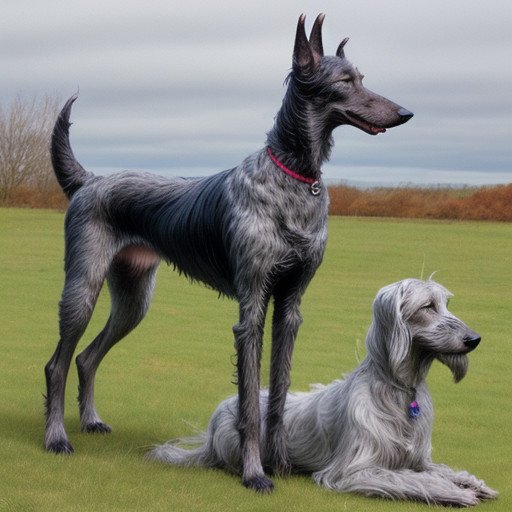
Table of Contents
In this post, we will take you on a journey into the world of these gentle giants. Whether you’re curious about their history, fascinated by their enormous size, or considering adding one to your family, you’ll find everything you need to know right here.
The largest dog breeds are much more than their impressive height and weight. They bring out unique qualities, rich histories and distinct personalities. From the noble Great Dane to the mighty Mastiff, these breeds have been cherished for centuries for their loyalty, strength, and companionship.
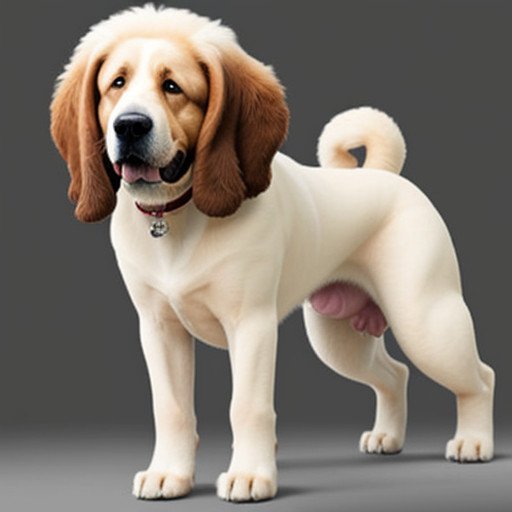
Understanding these breeds means appreciating the nuances of their care, the importance of proper training, and the joy they bring to the lives of their owners. So, let’s dive in and explore the fascinating world of the largest dogs on the planet. Get ready to meet gentle giants who are as sweet as they are big.
Defining Biggest ;
When discussing the largest dog breeds, it is important to define what we mean by “largest.” Size can be measured in different ways: height, weight, or even length. Some dogs are incredibly tall, such as the Great Dane, who can tower over several humans when standing on their hind legs. Others may not be as tall but have a strong and heavy body, such as the English Mastiff, which can weigh as much as a small adult human.
Height is often measured at the shoulder, giving us a clear indication of how tall the dog stands. Weight is another important factor, reflecting the overall mass and strength of the breed. Height, although less commonly discussed, can also play a role, especially with breeds like the Irish Wolfhound, which are known for their long, lean bodies.
Additionally, dog size is not just about physical measurements. This also includes their appearance and conduct. These large breeds often have an imposing presence, making them stand out in a crowd.
Understanding what dog breeds are “big” helps us appreciate the diversity and uniqueness of these magnificent animals. So, let’s explore the different dimensions of size as we look at which are the largest dog breeds.
Top 20 Biggest Dog Breeds ;
1. Great Dane Terrier :
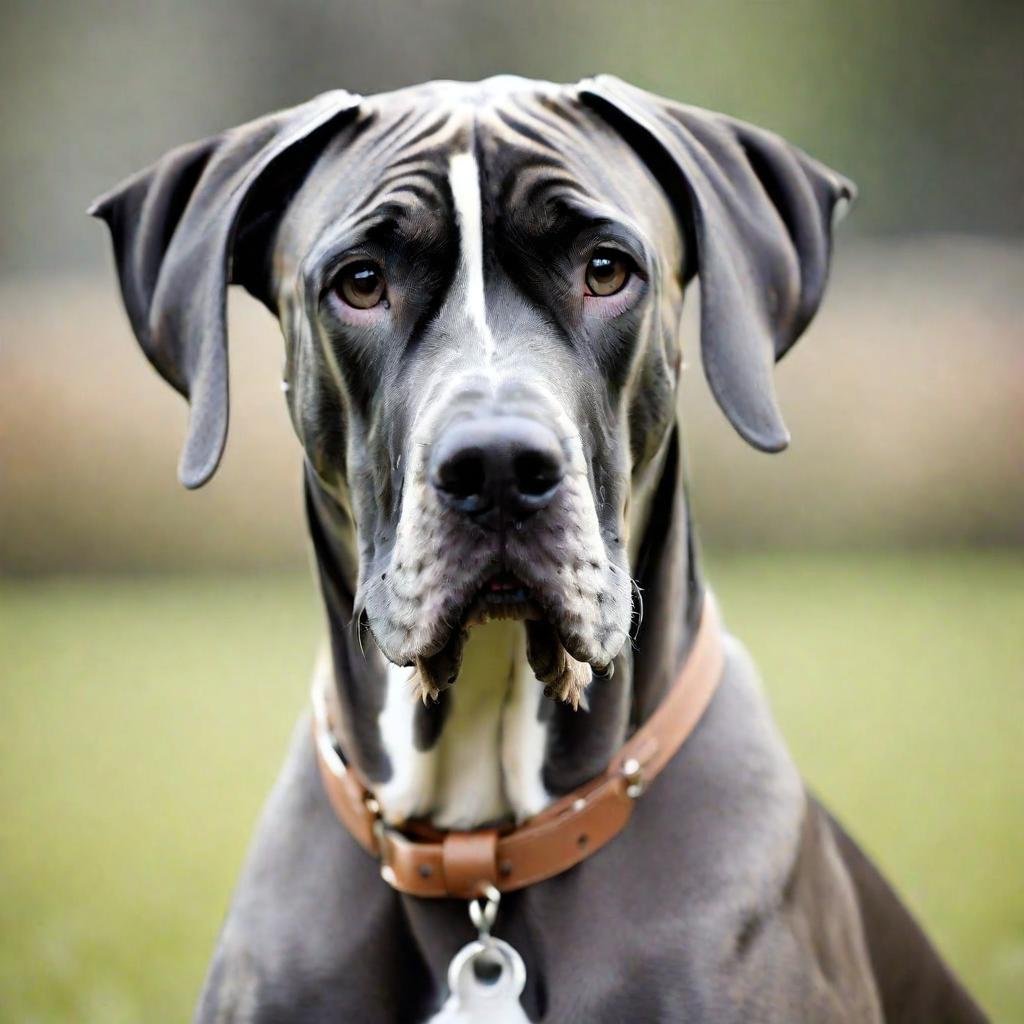
The Great Dane Terrier, also known as the Great Dane, stands 30-34 inches tall for males and 28-32 inches tall for females. Males weigh 140–175 pounds, while females weigh 110–140 pounds. They come in colors like fawn, brindle, blue, black and harlequin. Known for his friendly and gentle nature, he is often referred to as the “gentle giant”. Their unique, massive presence is truly awe-inspiring.
2. English Mastiff :
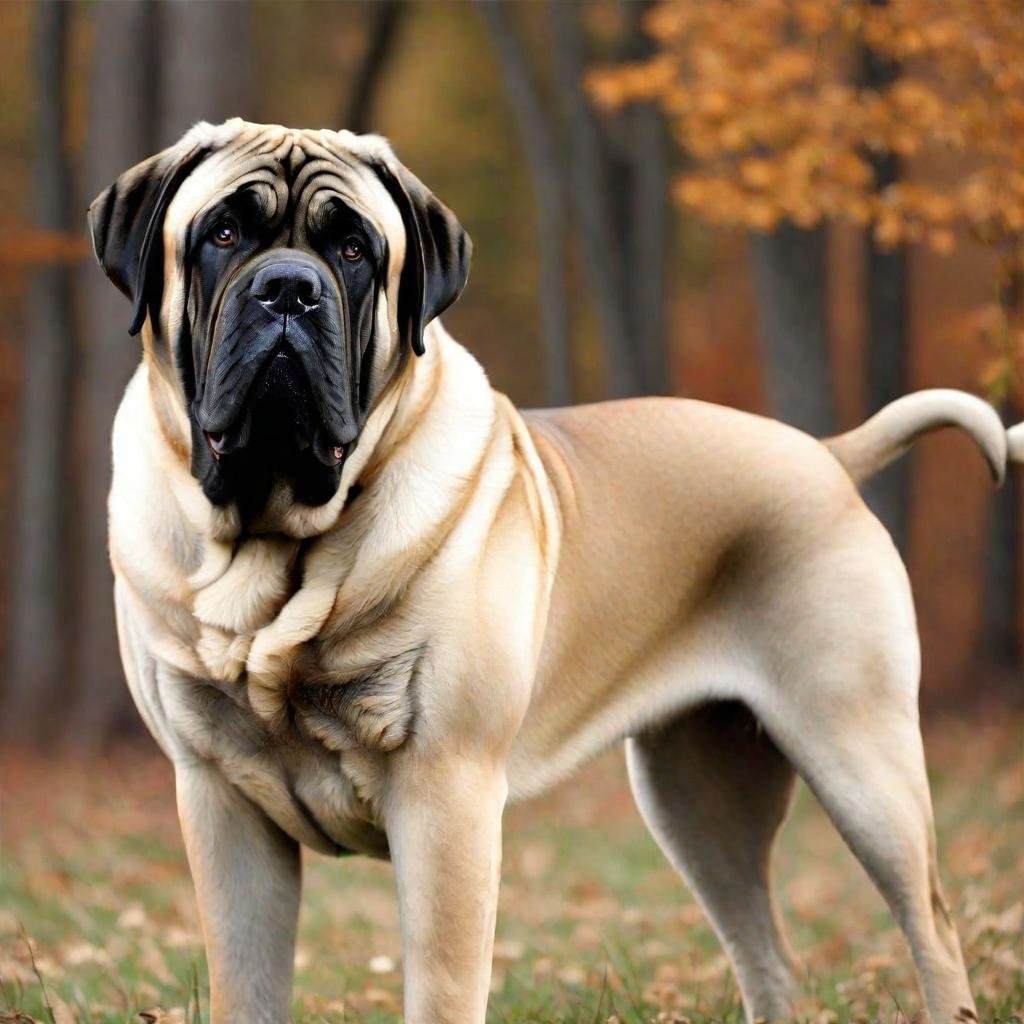
The English Mastiff stands at 30 inches or taller for males and 27.5 inches or taller for females. Males weigh 160–230 pounds, while females weigh 120–170 pounds. Colors include fawn, apricot and brindle. Their nature is calm and gentle. Known for their large size and loyal nature, they are both impressionable and affectionate companions.
3. Saint Bernards :
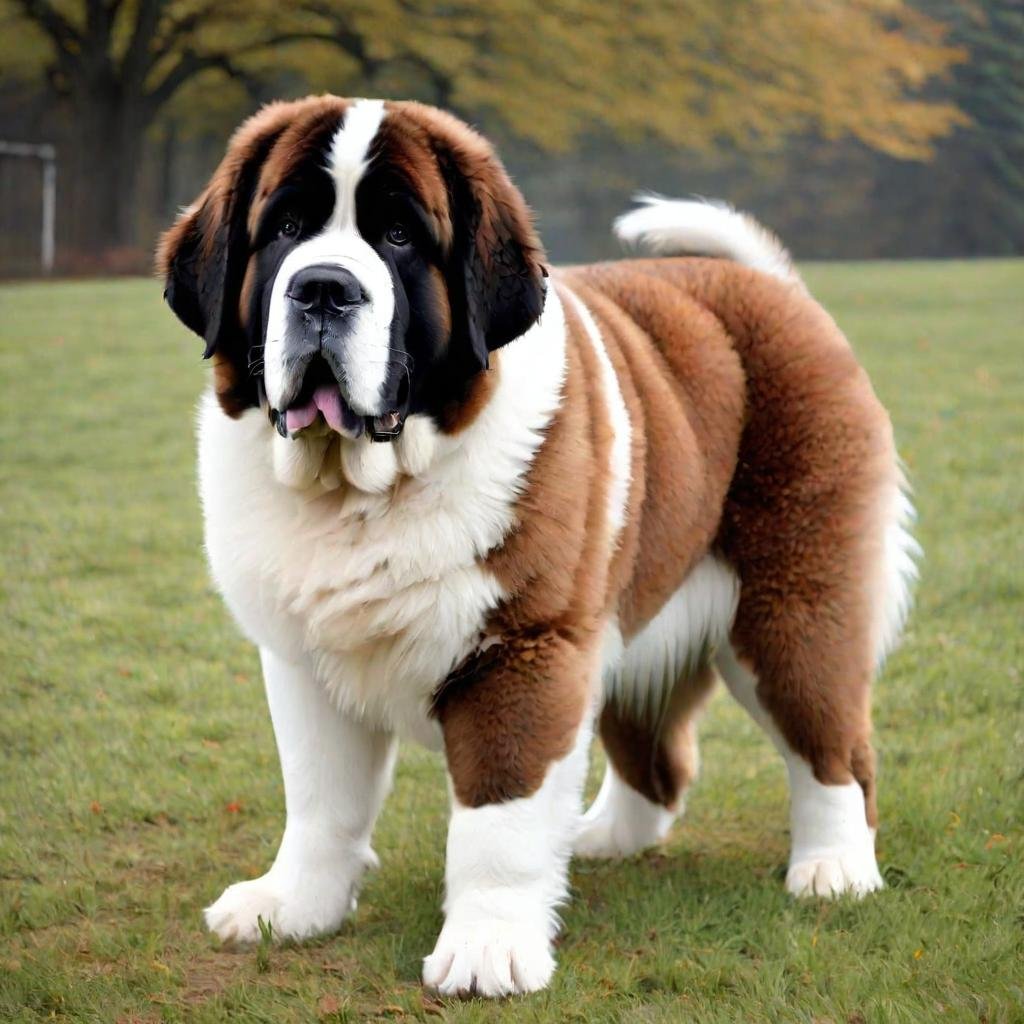
Saint Bernards stand 28-30 inches tall for males and 26-28 inches tall for females. Males weigh 140-180 pounds, females 120-140 pounds. They come in colors like red and white, or spotted white. They are known for their friendly, gentle nature, their body is strong and muscular. With thick coats and expressive eyes, they do excellent with families and have a protective, alert temperament.
4. Neapolitan Mastiff :
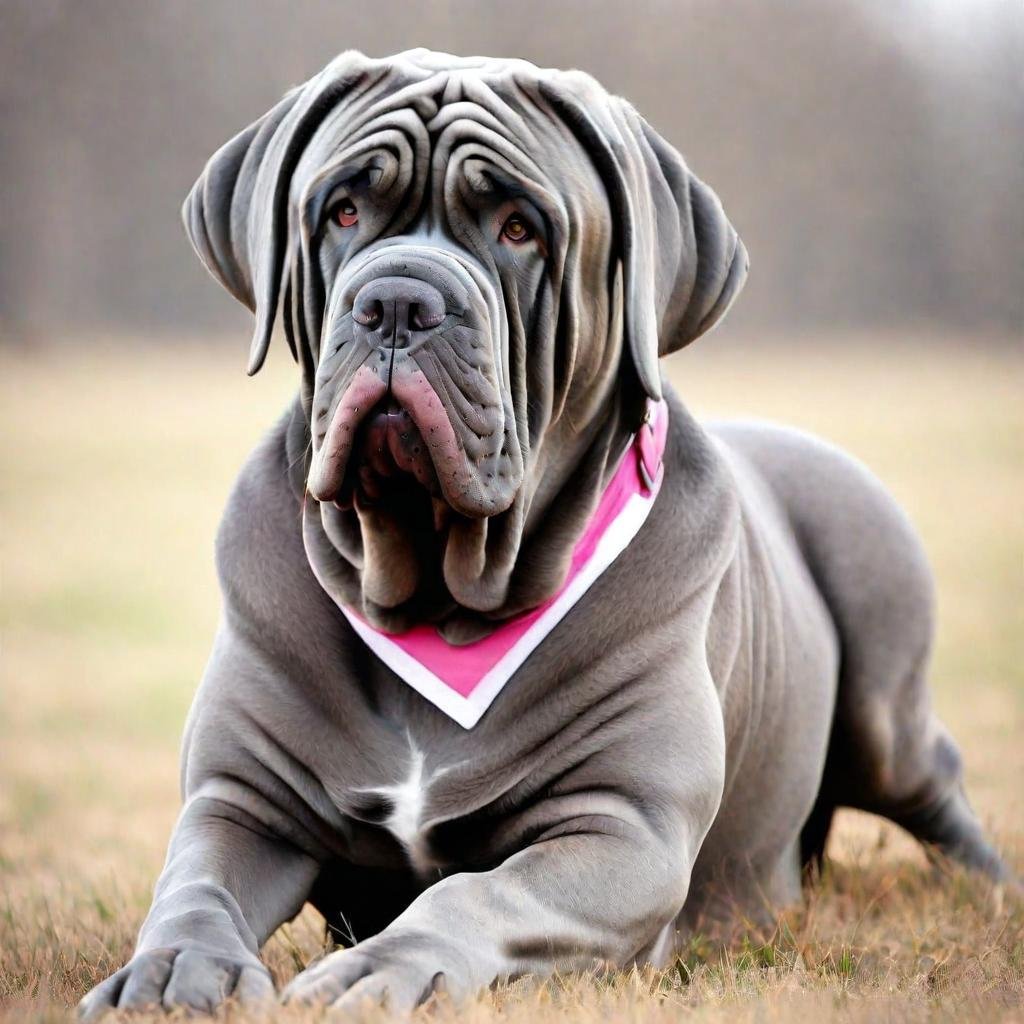
Neapolitan Mastiff males stand 26-31 inches tall and females 24-29 inches tall. Males weigh 150-200 pounds, females 120-175 pounds. Colors include blue, black, mahogany and dark brown. They have a calm, protective temperament with loose, wrinkled skin and a powerful build. Known for their loyalty and protective instincts, they are excellent protectors and deeply devoted to their families.
5. Newfoundland :

In Newfoundland, the height of males is 28 inches and the height of females is 26 inches. Males weigh 130-150 pounds, females 100-120 pounds. They come in black, brown, gray and landseer (white and black). Known for their gentle, sweet temperament, they have a large, muscular body with a thick, water-resistant coat. Excellent swimmers, they are protective and great with children, often referred to as “nanny dogs” for their caring nature.
6. Irish Wolfhounds :
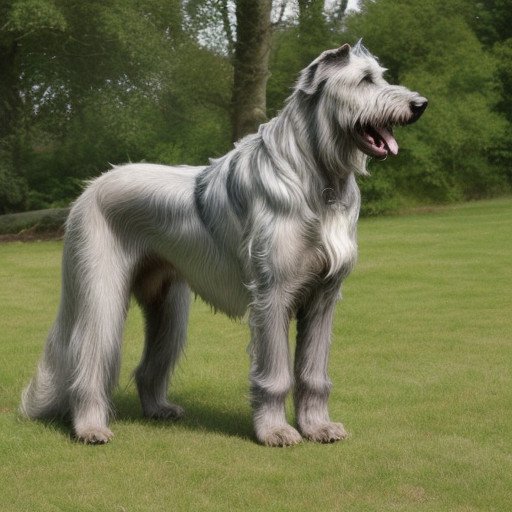
Irish Wolfhounds stand at least 32 inches tall for males and 30 inches tall for females. Males weigh 140-180 pounds, females 115-140 pounds. They come in colors like grey, brindle, red, black and white. They are known for their gentle, friendly nature, with a tall build, lean build and a rough coat. Despite their size, they are not aggressive, but can be protective, using their imposing appearance to ward off threats.
7. Leonberger :
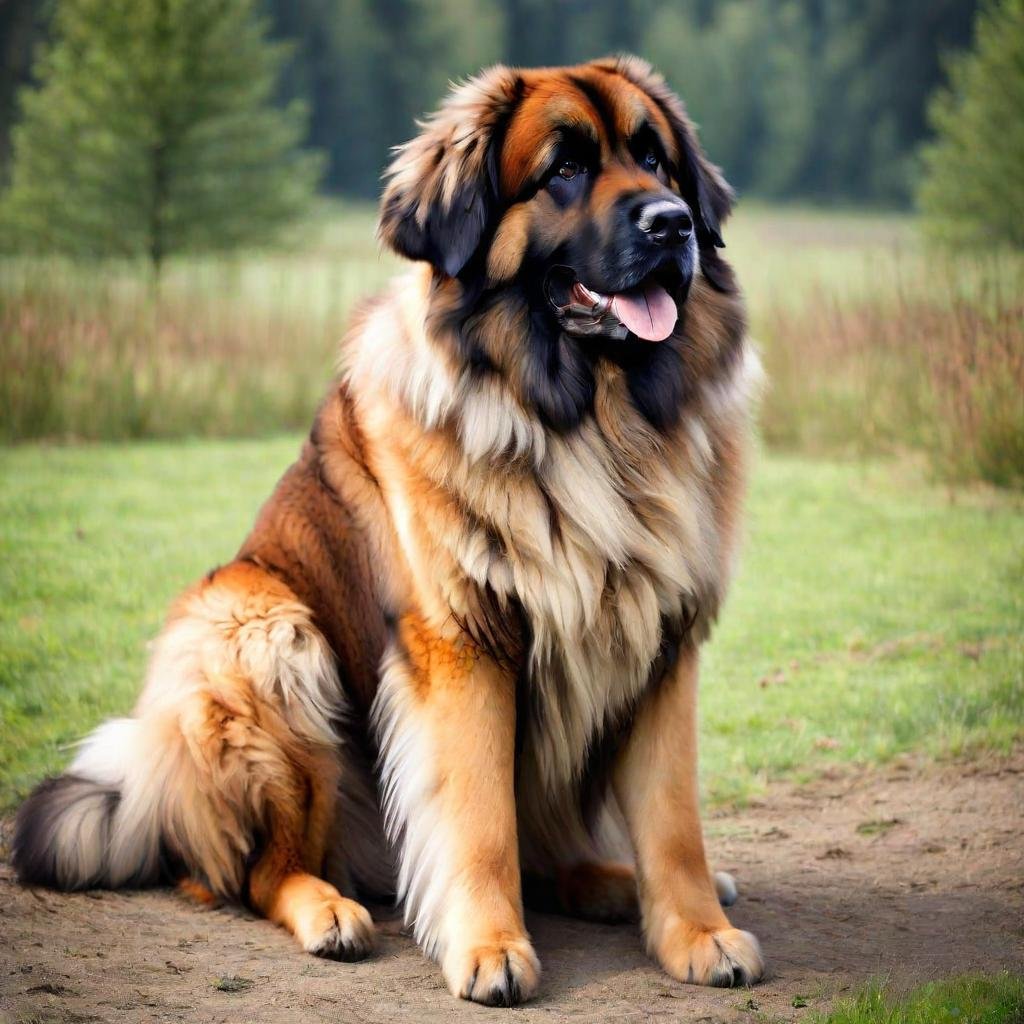
Leonberger males stand 28-31.5 inches tall and females stand 25.5-29.5 inches tall. Males weigh 110-170 pounds, females 90-140 pounds. They come in lion-like colors like golden yellow, red and sand. Known for their friendly, calm temperament, they have a muscular structure and a thick, water-resistant double coat. They are excellent family dogs, providing protection with their impressive size and natural watchdog.
8. Tibetan Mastiff :
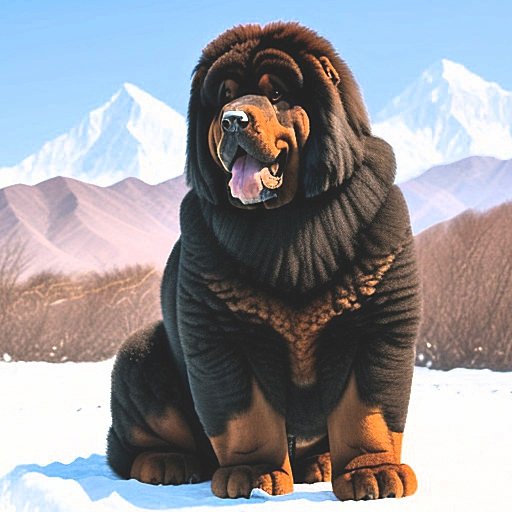
Tibetan Mastiff males stand 26-30 inches tall and females 24-28 inches tall. Males weigh 90-150 pounds, females 70-120 pounds. Colors include black, brown, blue-grey and golden. Known for their independent, protective nature, they have a sturdy build with a thick, double coat. Excellent guardians, they are extremely territorial and loyal, making them exceptional protectors for their families.
9. Scottish Deerhounds :
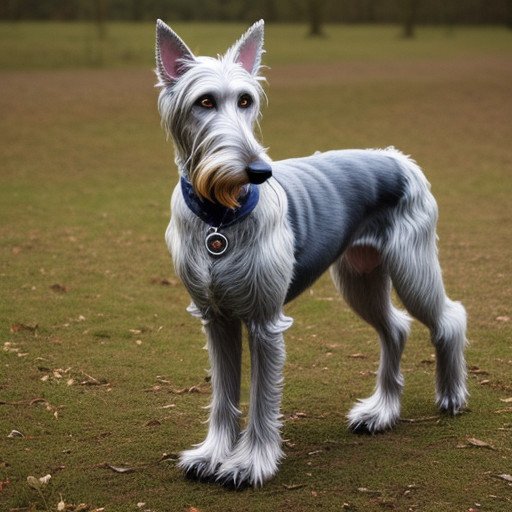
Scottish Deerhounds stand 30-32 inches tall for males and 28 inches and taller for females. Males weigh 85-110 pounds, females 75-95 pounds. They come in colors like grey, brindle and fawn. They are known for their gentle, friendly nature, their body is long and lean and their coat is velvety. While not aggressive, their size and speed can deter threats, making them good natural protectors.
10. Anatolian Shepherd :
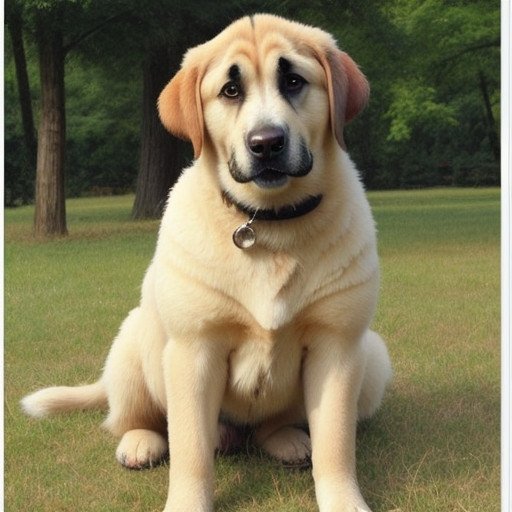
Anatolian Shepherd males stand 29-32 inches tall and females stand 27-30 inches tall. Males weigh 110-150 pounds, females 80-120 pounds. They come in colors like fawn, brindle and white. Known for their loyal, independent nature, they have a strong, muscular body with a short to medium length coat. Excellent protectors, they are fiercely protective of their family and territory, making them formidable protectors against predators.
11. Caucasian Shepherd :

The height of males of Caucasian Shepherd is 25-30 inches and the height of females is 23-28 inches. Males weigh 110-220 pounds, females 100-180 pounds. They come in colors like white, cream, gray and fawn. Known for their fearless, protective nature, they have a powerful, muscular build with a thick double coat. Exceptional guardians, they are extremely loyal to their family and will protect them from any threat, making them formidable protectors.
12. Great Pyrenees :

Great Pyrenees males stand 27-32 inches tall and females 25-29 inches tall. Males weigh 100-160 pounds, females 85-115 pounds. They come in colors such as white or off-white with brown, gray or reddish-brown markings. Known for their gentle, protective nature, they have a majestic, fluffy white coat with a weather-resistant undercoat. Excellent guardians, they are calm and patient but will fiercely protect their herd or family if needed.
13. Bernese Mountain Dogs :

Bernese Mountain Dogs stand 25-27.5 inches tall for males and 23-26 inches tall for females. Males weigh 80-115 pounds, females 70-95 pounds. They have a tri-color coat of black, white and rust. Known for their gentle, affectionate nature, they have a strong body with a thick, silky coat. Although they may not be aggressive, their size and protective instincts make them good watchdogs, alerting their owners to any potential danger.
14. Komondor :

Komondor males stand 25.5-27.5 inches tall and females stand 23.5-25.5 inches tall. Males weigh 100-125 pounds, females 80-100 pounds. They have a distinctive corded coat that resembles dreadlocks, usually white or cream in color. Known for their loyal, protective nature, they have a large, muscular body. Excellent guardians, they are fearless and will fiercely defend their flock or family from predators.
15. Kuvasz :
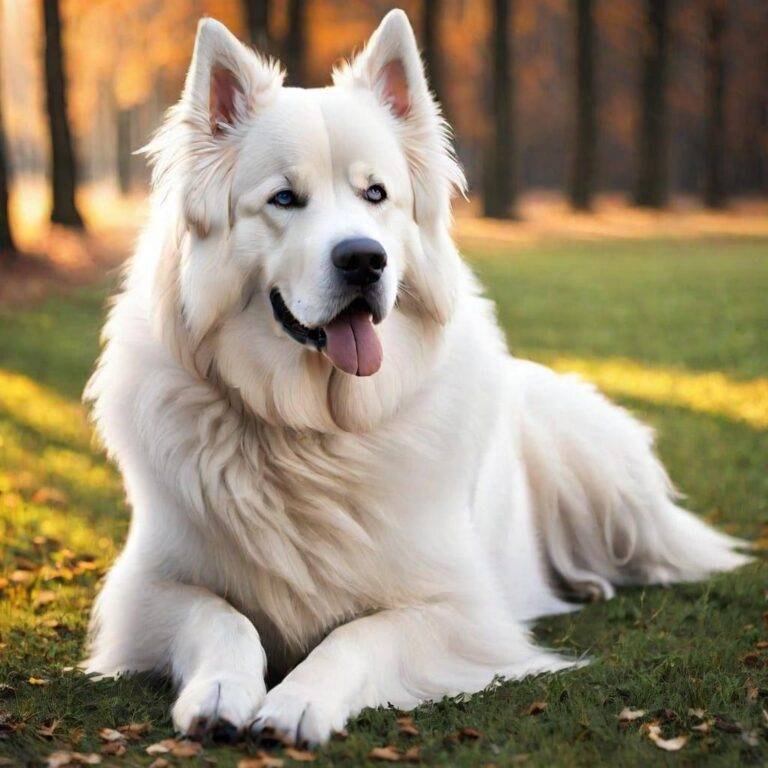
Kuvasz dogs stand 28-30 inches tall for males and 26-28 inches tall for females. Males typically weigh 100–115 pounds, while females weigh 70–90 pounds. They have a dense, white coat and a strong, muscular structure. Known for their loyal and protective nature, they are calm and gentle towards their family but wary of strangers. As natural protectors, they are alert and will fearlessly protect their loved ones.
16. Dogue de Bordeaux :

Dogue de Bordeaux dogs stand 23-27 inches tall for males and 23-26 inches tall for females. Males weigh 110-145 pounds, females 99-120 pounds. They have a short, dense coat and wrinkles on their faces. Colors range from fawn to mahogany. Known for their loyal and affectionate nature, they are gentle with their family but can be wary of strangers. Due to their impressive size, they make excellent watchdogs and protective companions.
17. Boerboels :

Boerboels stand 24–27 inches tall for males and 22–25 inches tall for females. Males typically weigh 150–200 pounds, while females weigh 110–145 pounds. They have a short, dense coat and a muscular, powerful build. Colors range from light brown to brindle. Known for their loyal and fearless nature, they are protective of their family and territory. Due to their impressive size and alert nature, they excel as guard dogs and loyal companions.
18. Black Russian Terrier :

Black Russian Terrier males stand 26-30 inches tall and females 25-29 inches tall. Males weigh 80-130 pounds, females 80-110 pounds. They have a black, fibrous coat with a thick undercoat. Known for their confident and independent nature, they are loyal and protective of their family. With their strong, muscular build and keen senses, they make excellent guard dogs, able to protect their home and loved ones with determination.
19. Cane Corsos :

Cane Corsos stand 25-27.5 inches tall for males and 23.5-26 inches tall for females. Males typically weigh 100–110 pounds, while females weigh 88–99 pounds. They have a short, dense coat and a muscular, athletic build. Colors range from black, gray and fawn to red. Known for their loyal and protective nature, they are devoted to their family and excel as guard dogs with a natural instinct to protect their territory.
20. Alaskan Malamutes :
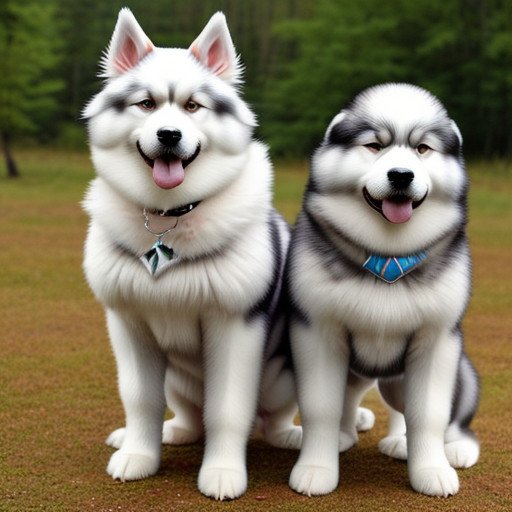
Alaskan Malamutes stand at 23-25 inches tall with males and 22-24 inches tall with females. Males typically weigh 85–100 pounds, while females weigh 75–85 pounds. They have a thick, double coat in a variety of colors including grey, black and sable. Known for their friendly and loyal nature, they are affectionate towards their family. While not aggressive, their size and strength make them excellent watchdogs, alerting their owners to potential threats.
Health Considerations for Large Breeds ;
When considering the largest dog breeds, it is essential to understand the unique health considerations that come with their size. Large breeds like the Great Dane and the Mastiff are prone to certain health problems due to their massive bodies.
A major concern are orthopedic problems like hip dysplasia and osteoarthritis, which can affect their mobility and quality of life. It is important to provide proper nutrition and manage their weight to reduce stress on their joints.
Gastric dilatation-volvulus (GDV), or bloat, is another serious issue for large breeds. Their deep chest makes them more susceptible to this life-threatening condition, where the stomach twists and traps gas, causing swelling and potentially cutting off blood flow.
Heart problems, including dilated cardiomyopathy (DCM), are also more common in larger breeds. Regular veterinary checkups and screenings can help detect and manage these conditions early.
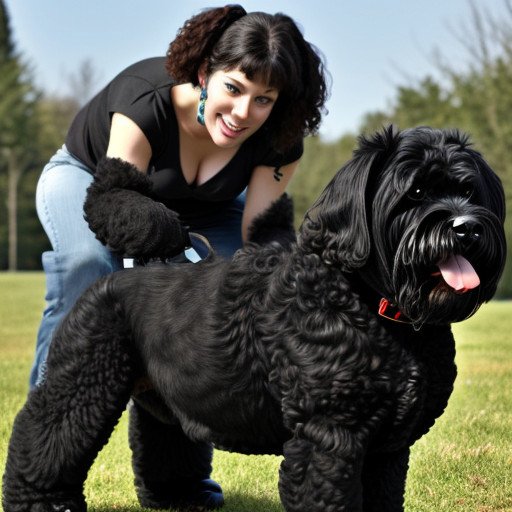
Additionally, larger breeds have a shorter lifespan than smaller dogs, so it’s important to cherish the time you spend with them and prioritize their health and well-being.
By being aware of these health considerations and providing proper care, we can ensure that our beloved senior dogs live long, happy, and healthy lives.
Living with a Large Dog ;
Living with one of the largest dog breeds, like the Great Dane or Mastiff, comes with its own set of joys and challenges. First and foremost, adequate space is essential. These gentle giants need space to spread out and move around comfortably, whether indoors or outdoors.
Exercise is important to maintain the physical and mental health of large breeds. Daily walks, play time, and opportunities for off-leash activities are important to prevent boredom and obesity.
Another important aspect of living with a large dog is grooming. Their size often means more shedding and more significant messes, so regular grooming sessions and cleaning up after them become routine tasks.
Training and socialization are important to ensure that your older dog is well-behaved and comfortable in a variety of situations. Early and consistent training helps prevent behavioral problems and ensures a strong bond between you and your furry companion.
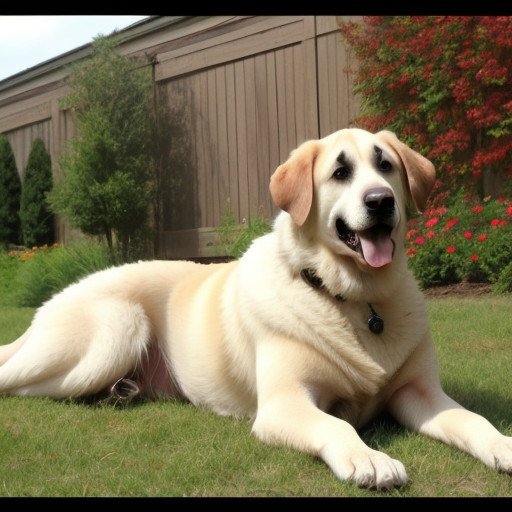
Finally, it is essential to be mindful of their health needs. Regular veterinary checkups, proper nutrition, and monitoring their weight are important to prevent and manage health problems commonly seen in large breeds.
Despite the challenges, living with an older dog can be incredibly rewarding. His loyal companionship, gentle nature and larger-than-life personality make every moment truly special.
Pros and Cons of Owning a Large Dog ;
Owning one of the largest dog breeds like a Great Dane or Saint Bernard has its advantages and disadvantages.
The good news is that larger dogs often make excellent family pets. Their size and presence can be comforting and reassuring, especially to children. Many large breeds are gentle giants, known for their loyal and affectionate natures, making them wonderful companions for families of all sizes.
Additionally, their size can act as a deterrent to intruders, giving homeowners an added sense of security. Some larger breeds, such as the Mastiff and Rottweiler, have natural protective instincts, making them excellent guard dogs.
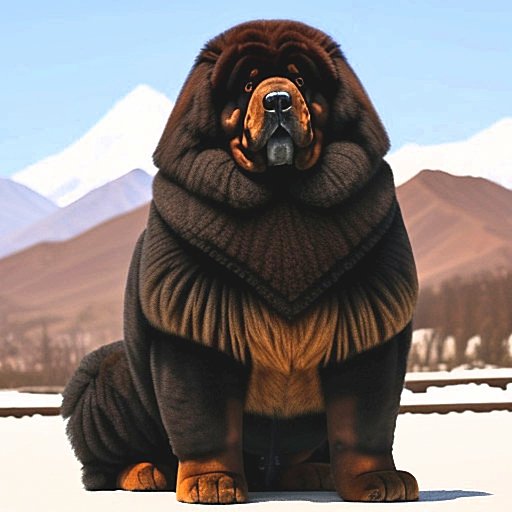
However, owning a large dog also has its challenges. Their size means they require more space both indoors and outdoors, which may not be possible for everyone. They eat more and require larger quantities of food, which leads to higher expenses.
Grooming can be another issue, as large breeds often shed more and may require more frequent grooming sessions to keep their coats healthy and clean.
Despite these challenges, the love and companionship provided by a large dog often outweighs the shortcomings, making them beloved members of many families.
** Conclusion **
In conclusion, exploring the largest dog breeds has been an enlightening journey into the world of these magnificent animals. From the giant Great Dane to the majestic Saint Bernard, these gentle giants have captured our hearts with their impressive size and gentle nature.
While owning a large dog comes with its challenges, such as space requirements and high maintenance requirements, the rewards are immeasurable. Their loyal companionship, protective nature, and loving behavior make them beloved members of many families.
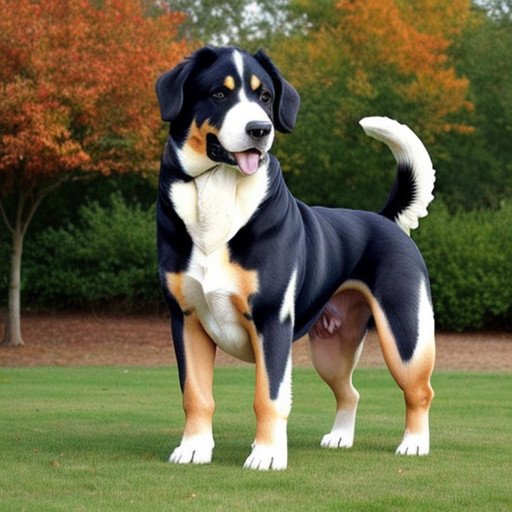
As we’ve learned, proper care and attention is essential to ensuring the health and well-being of these large breeds. From providing adequate exercise and grooming to regular veterinary checkups and monitoring their diet, responsible ownership is key to ensuring they live long, happy lives.
In the end, the happiness and love they bring to our lives far outweighs any hardship. Whether it’s cuddling on the couch or going on outdoor adventures, the bond between a human and their large dog is truly special. So, if you are considering adding one of these gentle giants to your family, rest assured that the love and loyalty you will receive in return will be immeasurable.
You might be interested in reading this post as well Best Dog Breeds to own
“Giants of the Canine World: Exploring the Majestic Biggest Dog Breeds” ** Introduction to what are the biggest dog breeds ** When it comes to dogs, size often makes a big impact. From their towering stature to their towering presence, the largest dog breeds captivate our attention and hearts. But what are the biggest dog…
You can read this post https://tomeshnews.co.in/family-kid-friendly-best-dog-breeds/
Do large dogs need special furniture?

While it’s not mandatory, some large dog owners opt for specialized furniture like extra-large beds or elevated feeding stations to accommodate their pet’s size comfortably.
Can large dogs live in apartments?

Yes, many large breeds can adapt to apartment living with proper exercise and mental stimulation. However, it’s crucial to ensure they have enough space to move around and meet their activity needs.
How do I socialize my large dog?
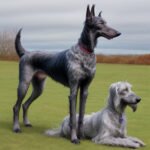
Socialization is essential for all dogs, regardless of size. Enroll your large dog in obedience classes, introduce them to various environments, and supervise interactions with other dogs to ensure positive experiences.
Are large dogs good with children?
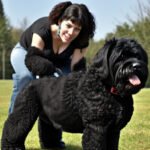
Many large breeds are known for their gentle and patient nature, making them excellent companions for children. However, supervision is always recommended, especially with young children and large dogs.
What’s the best way to exercise a large dog?

Large dogs benefit from both physical and mental exercise. Activities like walking, hiking, swimming, and interactive play sessions help keep them mentally stimulated and physically fit.
How do I manage shedding with a large dog?

Regular grooming is key to managing shedding in large breeds. Brushing their coat several times a week helps remove loose fur and reduces the amount of hair around the house.
